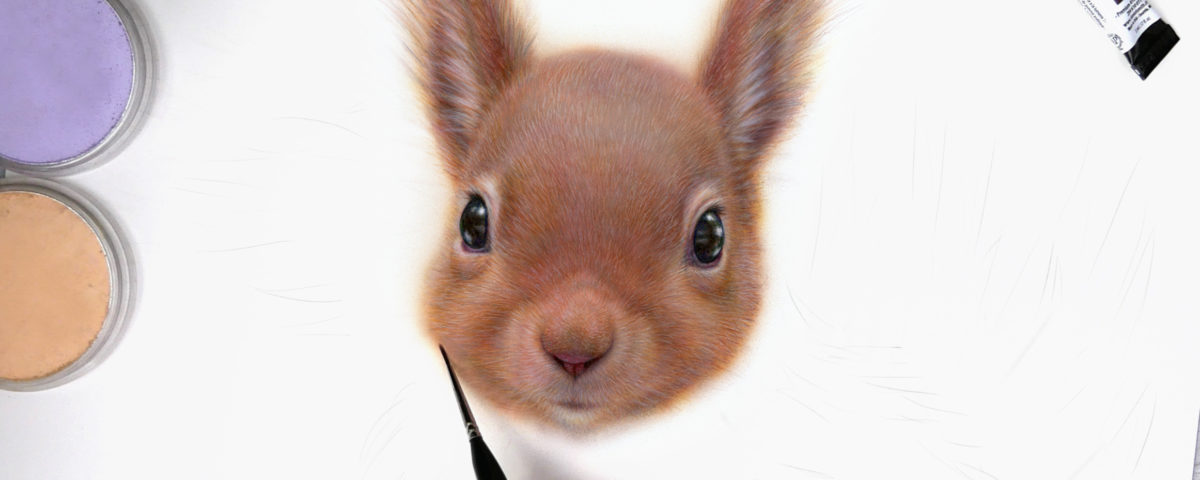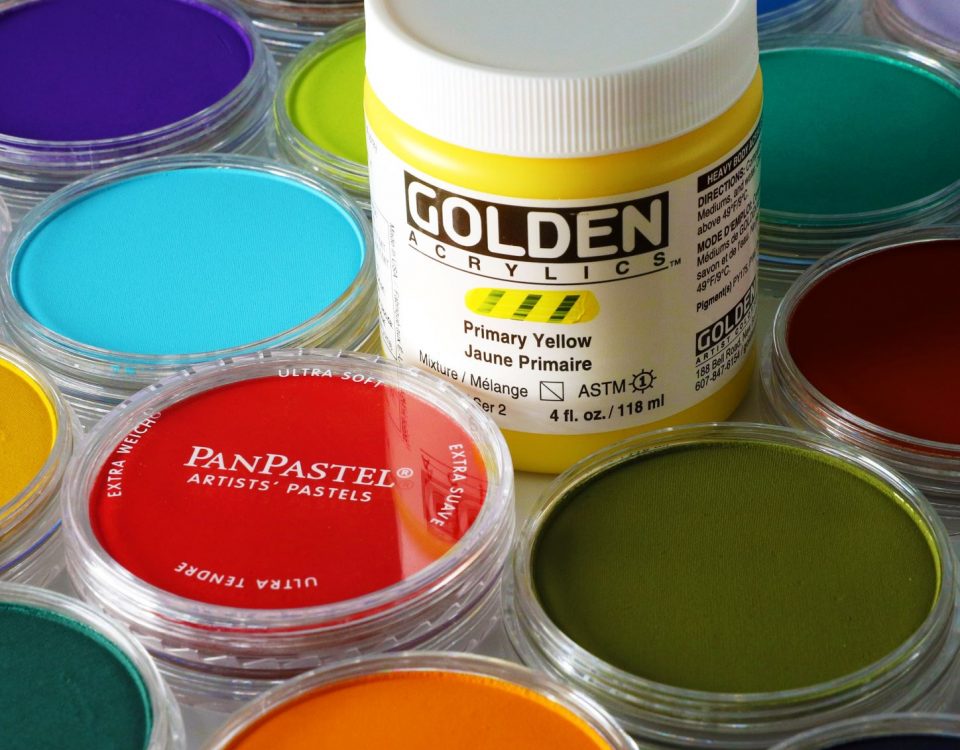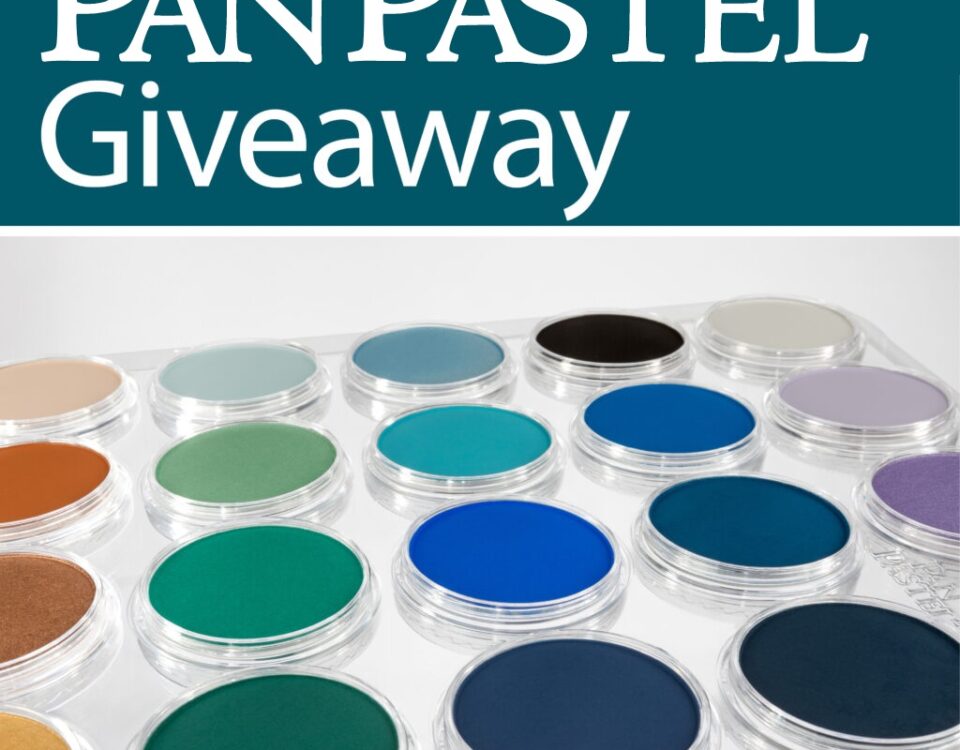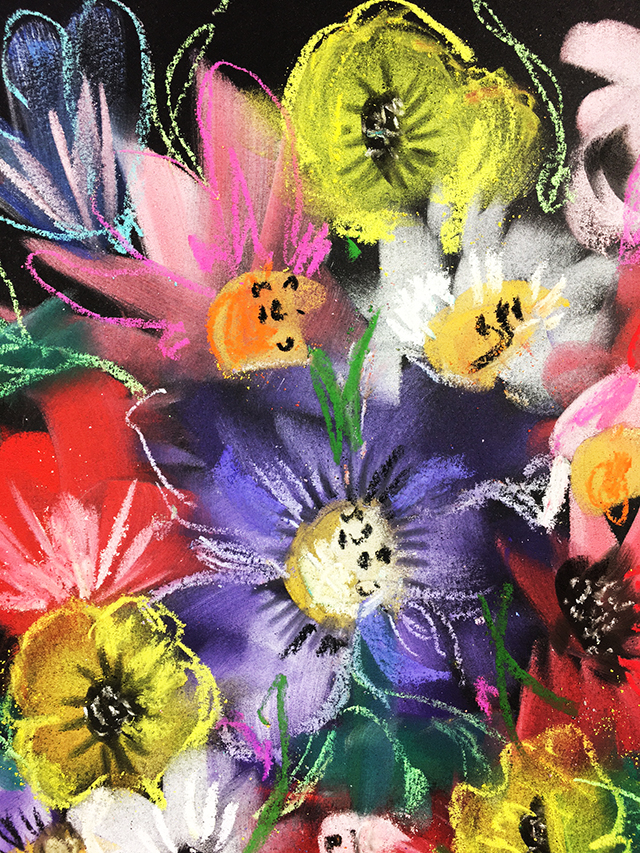


Alisa Burke: Flower Painting
December 7, 2018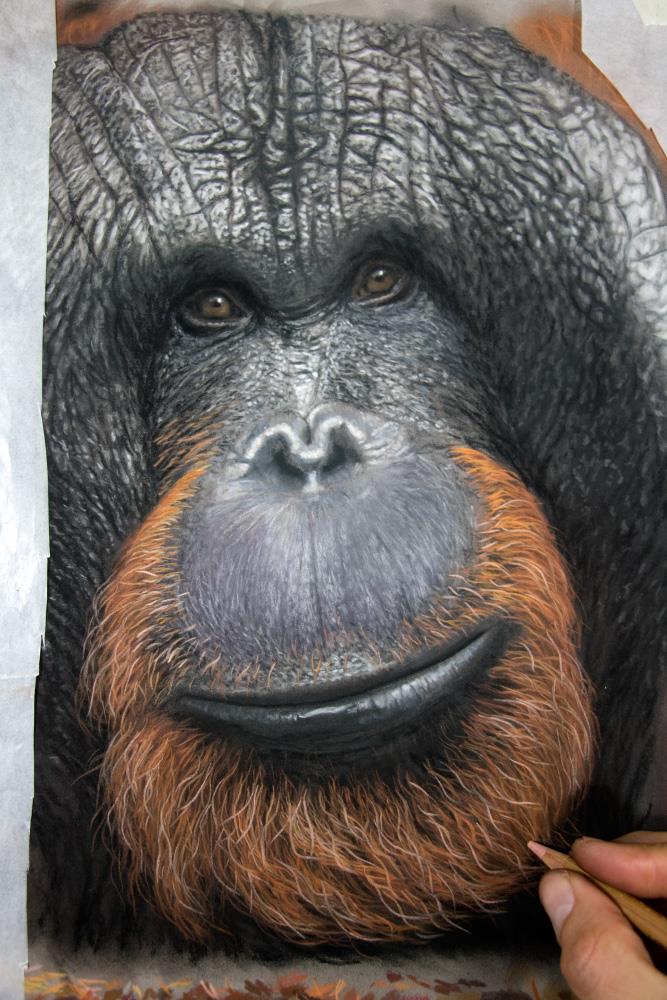


Jason Morgan: Wildlife Painting Resources
December 11, 2018Becky Chan is a UK based artist. She is best known for her animal paintings, which she creates using mixed media for the purpose of delivering custom commissions to clients. She also runs an online print shop where both open and limited edition prints can be purchased.
Tell us about your background as an artist.
I’ve had an interest in art for as long as I can remember but it wasn’t until around 3 years ago that I realized its potential to become more than a hobby. Although I’m formally trained in the field of architecture, I have taken a couple of art related courses, which have definitely helped me along the way. One of which was a course with Foxy Studio, where I learnt how to airbrush. Since then, I have been incorporating airbrush into my mixed media techniques and have just recently added PanPastel Colors into the mix and I absolutely love them!
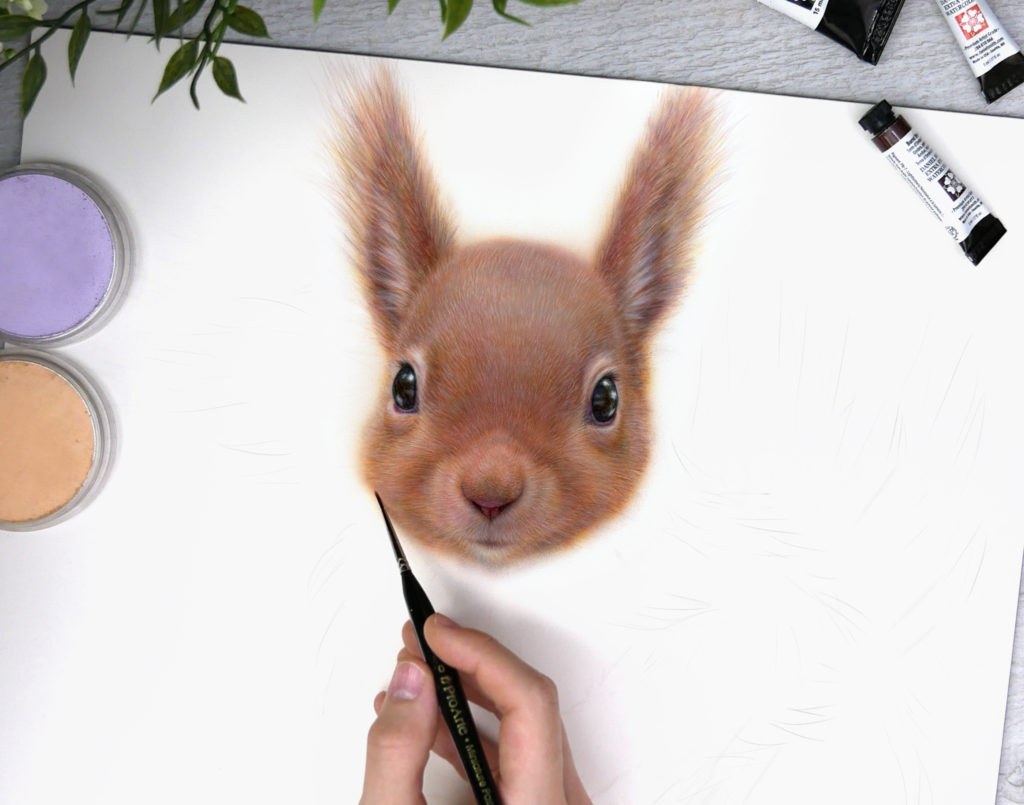

Describe your artwork.
My work focuses very much on animals, simply because they are what I’m passionate about. I’ve always gravitated towards creating realism, however my primary aim is to convey character. I like to use whitespace in the backgrounds as a way of highlighting focus on the subject and as away to keep the aesthetics looking bright and fresh.
Tell us about your creative process and the materials that you use.
I work from reference photos either taken by myself or sent to me by clients. I love to draw from life too, but the nature of my work means I often don’t get to meet the animals and if I do then I’d be very lucky to have their attention for the hours required! So, once I have assessed the reference, I will make lots of notes about the subject’s character and the client’s preferences. I keep these notes on hand whilst I’m creating as a reminder to keep to the brief. In terms of materials, I nearly always start with airbrush and pencils but other media such as gouache, inks and now PanPastel often find their way into the mix.


How did you discover PanPastel / when did you first begin using PanPastel?
I discovered PanPastel Colors when researching various art supplies online. I was looking for a way to quickly block-in colour when doing study pieces instead of getting the airbrush out or spending ages colouring in large sections. So, I’ve had them on hand for a few years now suiting this purpose perfectly. Then, I started to see great artists on Instagram using PanPastel within their mixed media work and I thought it was such a great idea. I then purchased a larger range of PanPastel Colours and used them for the first time in combination with airbrush and pencil in the squirrel piece. I love the velvety quality that the PanPastel brought to the work and I’ll definitely be using them in this way from now on!
How do you use PanPastel colors in your work –what is your technique/process for using them?
In the mixed media squirrel piece, I enjoyed using the PanPastel Colors for fast colour lay-down and glazing. They require little to no preparation or cleanup, so I could use them multiple times throughout the layering process with such practicality and yet high performance. I applied thePanPastels using traditional paint brushes as I like to work in very thin and translucent layers. If I wanted a thicker application then I would use the Sofft Tools, which I also love.


Are you combining PanPastel with other media – if so, which media – and how do you use them together?
In the squirrel painting, I have used a combination of PanPastel, airbrush and pencils. Within the airbrush I used Daniel Smith watercolor paints, and the PanPastel Colors adhered and blended so beautifully with them. I like to layer the mixed media very thinly over the top of one another so that nothing goes too far wrong before I can correct it! I also like the translucent look that this method gives.
What surface(s) do you normally use with PanPastel?
My surface of choice is nearly always Ampersand Claybord, which I wasn’t sure would have enough tooth for the PanPastel Colors to begin with. However, since I layer PanPastel over top and within other media, I haven’t found this to be an issue. I also tested the PanPastel Colors alone on Claybord a few years ago and sprayed it with fixative and still to this day cannot rub it off, so I think that’s a success!
What do you see as the main benefits of using PanPastel in your work?
I love the velvety texture that the addition of PanPastel has brought to my mixed media work. They are really quick to apply and since they are quite transparent, they allow for very rich colour glazing without blurring out the details below. They also allow for very quick colour changes,which helps with efficiency when colour blocking.
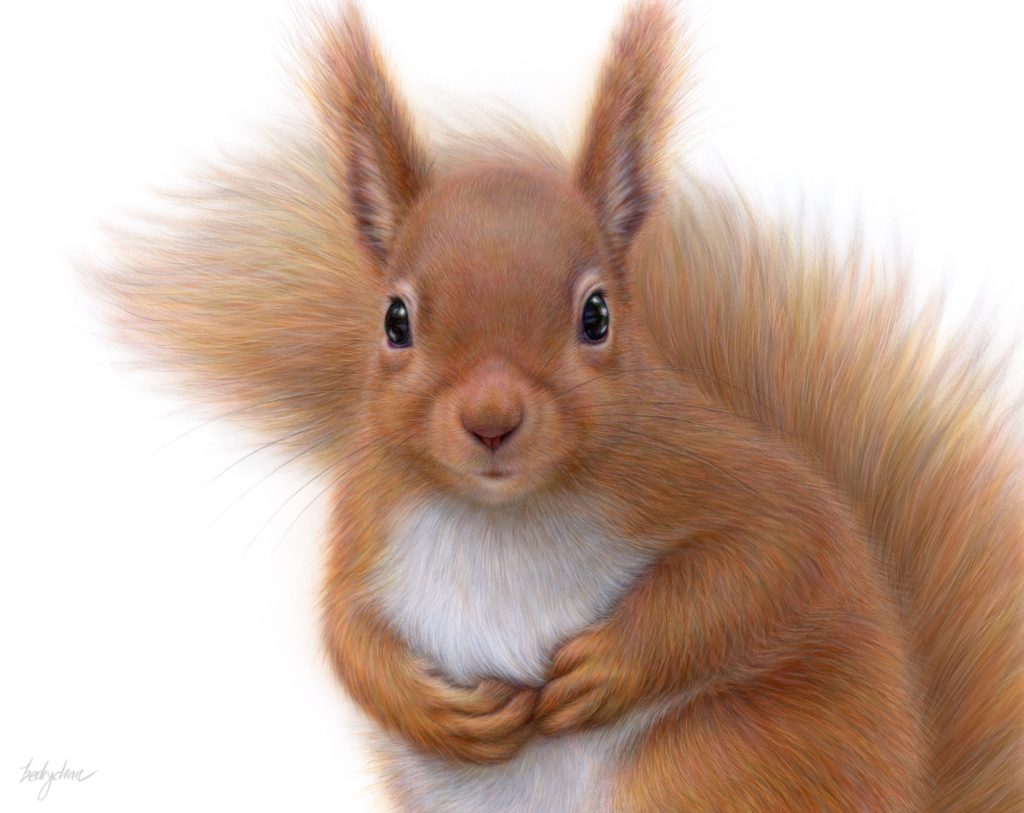

Are you doing things creatively with PanPastel that you were not doing before?
I have found that I can be a little braver with colour when using PanPastel Colors because they are so forgiving. I can erase them with a rubber if I go too far wrong, which helps a lot if I’m not sure if a certain colour shift is going to work. So, I may be able to be a little braver with colour in the future!
Describe the space/studio where you normally create.
I’m lucky enough to have a dedicated spare room in our house for my print shop as well as for scanning and packing paintings. However, my actual artwork is created in our cupboard under the stairs! My husband likes to call it my ‘Harry Potter office’. I moved down there during this summer’s heatwave because the heat conditions in my old office upstairs made it a struggle to be productive. The cupboard was going to be a temporary solution but I’m actually quite happy in the little studio setup that we have created in there and I haven’t moved back since!
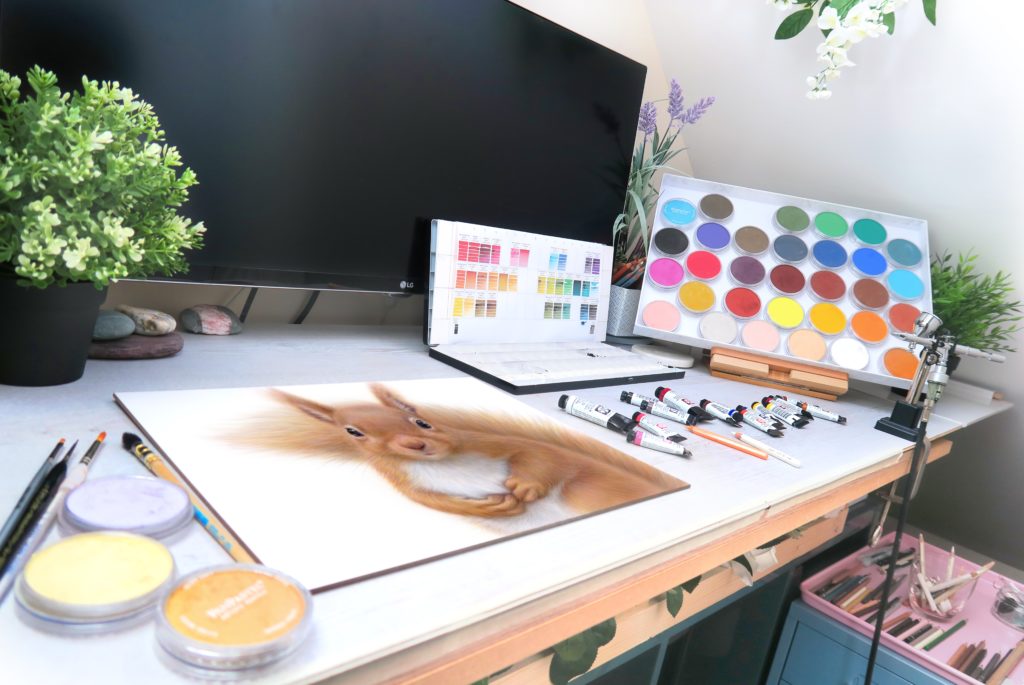

What are your creative inspirations?
Animals and nature are my creative inspirations and I feel very lucky to have these sources of inspiration right at my doorstep since I live in the beautiful countryside.
What’s the most valuable lesson you have learnt on your journey as an artist?
I think it would probably be patience. I’m not naturally a very patient person but good art doesn’t happen without some perseverance, so I guess the creative process also acts as a way of self-improvement!
What are your artistic goals for the future?
I hope to be lucky enough to keep this artistic career going for as long as possible and continue to take on new and exciting opportunities.


When you are not working on your artwork, what other interests do you have?
I love to go out and explore nature with my husband and two little pugs, Boe and Leo. They always make me laugh, which benefits my artwork since I think laughter and happiness breeds creativity!
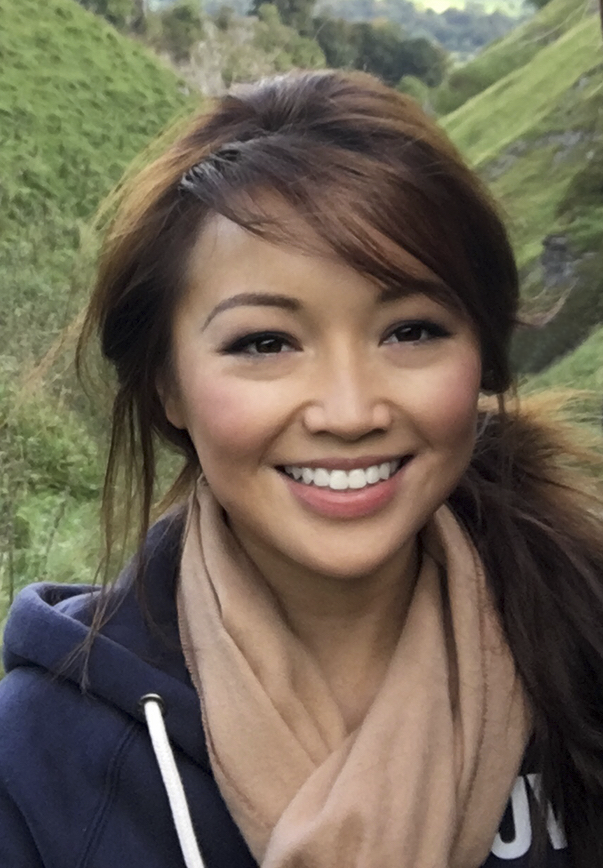

To see more of Becky’s work visit:
Website: BeckyChanArt.com
Instagram: @BeckyChanArt
Facebook: Becky Chan Art
YouTube: Becky Chan Art

